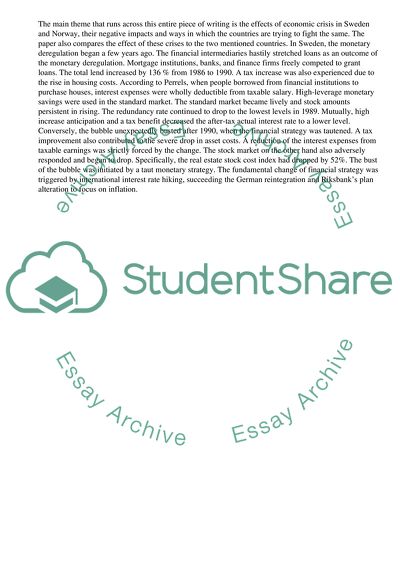Cite this document
(“The Impact of Economic Crisis on Sweden and Norway Research Paper”, n.d.)
The Impact of Economic Crisis on Sweden and Norway Research Paper. Retrieved from https://studentshare.org/business/1641354-the-impact-of-economic-crisis-on-sweden-and-norway
The Impact of Economic Crisis on Sweden and Norway Research Paper. Retrieved from https://studentshare.org/business/1641354-the-impact-of-economic-crisis-on-sweden-and-norway
(The Impact of Economic Crisis on Sweden and Norway Research Paper)
The Impact of Economic Crisis on Sweden and Norway Research Paper. https://studentshare.org/business/1641354-the-impact-of-economic-crisis-on-sweden-and-norway.
The Impact of Economic Crisis on Sweden and Norway Research Paper. https://studentshare.org/business/1641354-the-impact-of-economic-crisis-on-sweden-and-norway.
“The Impact of Economic Crisis on Sweden and Norway Research Paper”, n.d. https://studentshare.org/business/1641354-the-impact-of-economic-crisis-on-sweden-and-norway.


